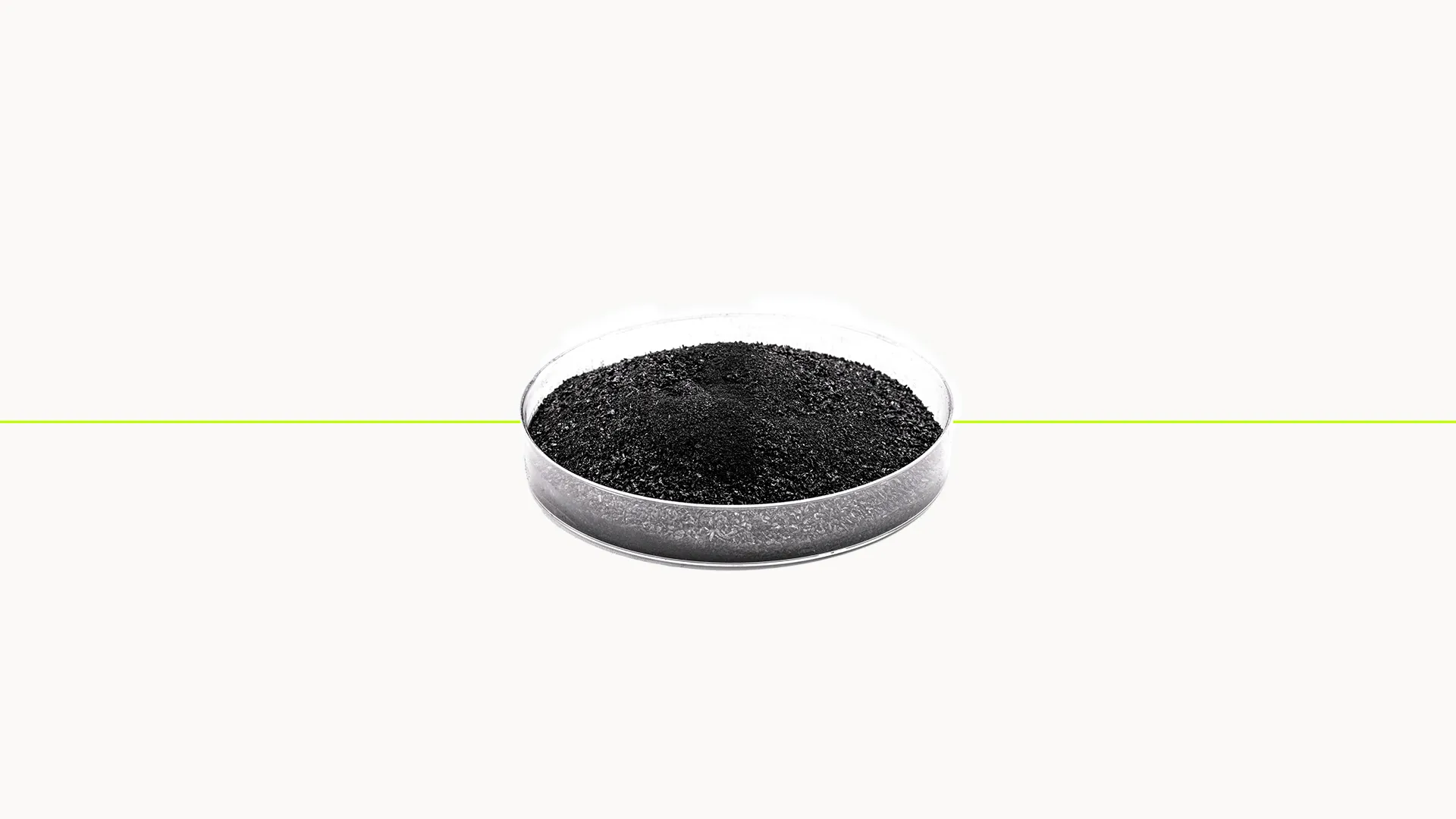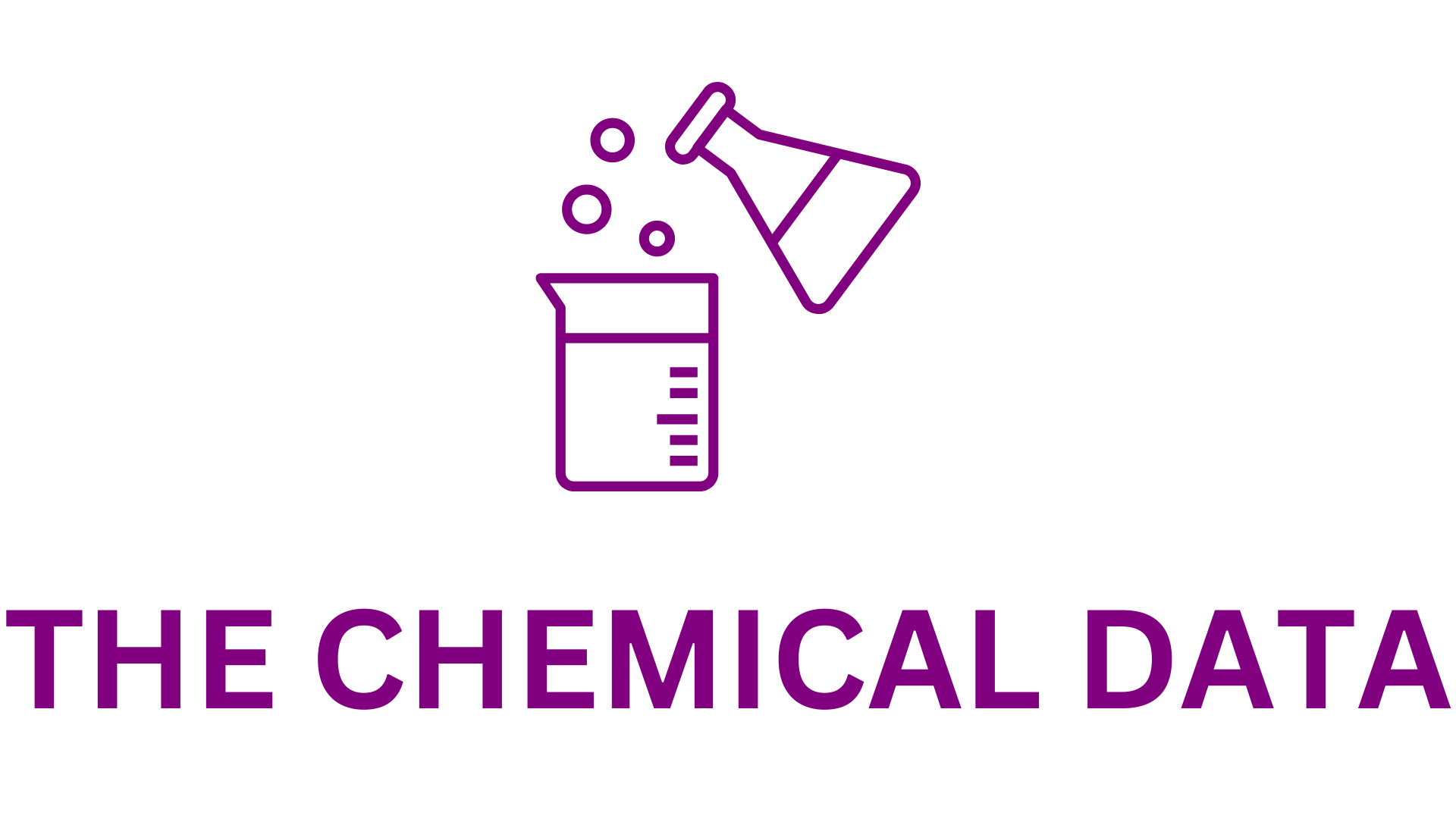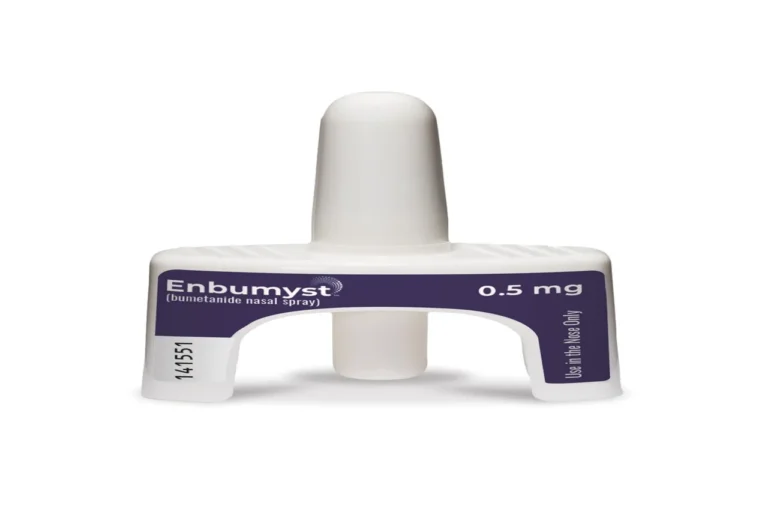
Global Specialty Carbon Black Market Forecast (2025–2034): Trends, Segmentation, and Strategic Insights
The global specialty carbon black market is poised for significant growth between 2025 and 2034, driven by its expanding role in high-performance applications across industries such as plastics, coatings, paints, fibers, and printing. Specialty carbon black is a refined form of carbon black with tailored properties that enhance its functionality as a pigment, UV stabilizer, and conductive agent. Despite regulatory pressures and raw material price volatility, the market’s outlook remains optimistic due to innovation, strategic collaborations, and rising demand in key regional markets.
Market Overview and Growth Prospects
Specialty carbon black is a niche product within the broader carbon black industry, known for its precise particle size, structure, and surface chemistry. These attributes make it ideal for use in applications that require performance beyond what conventional carbon black can offer. The increasing demand for specialty carbon black in plastics—particularly in packaging, automotive components, and electronics—is a major growth driver. Its properties such as color stability, UV protection, and electrical conductivity make it indispensable in these applications.
In addition to plastics, specialty carbon black is gaining traction in coatings and inks, where it delivers superior jetness and dispersibility. It is also used in textiles and fibers to enhance performance and aesthetics. As manufacturing processes and consumer expectations evolve, the need for specialized additives like specialty carbon black continues to rise.
Market Dynamics
Key Growth Drivers:
- Rising Demand in the Plastics Industry: Specialty carbon black’s UV resistance and ability to improve durability are key in plastic products used outdoors or under harsh conditions. These include automotive components, pipes, and films.
- Increased Usage in Lithium-Ion Batteries: With the proliferation of electric vehicles and portable electronics, conductive carbon black is increasingly used in battery electrodes to improve conductivity and performance.
- Expanding Coatings and Printing Industries: Specialty carbon black is a vital pigment in high-quality paints and inks, providing deep black coloration and enhanced weather resistance.
- Ongoing R&D Investments: Manufacturers are investing in research to develop more effective grades of specialty carbon black, supporting innovation and expansion into new application areas.
Key Challenges:
- High Cost of Production: Specialty carbon black involves complex manufacturing processes, making it more expensive than regular carbon black. This may deter adoption, especially in price-sensitive markets.
- Environmental and Regulatory Concerns: Governments across the globe are implementing stricter regulations related to emissions and hazardous materials, which could impact production and application in certain regions.
Market Segmentation Analysis
By Application:
- Plastics (Packaging, Automotive, Electronics)
- Paints and Coatings
- Printing Inks
- Fibers and Textiles
- Paper
The plastics segment is expected to dominate the market throughout the forecast period due to the broad applicability of specialty carbon black in enhancing durability and functionality.
By Grade:
- Fiber Grade
- Conductive Grade
- Color Grade
- Other Specialty Grades
Fiber-grade carbon black holds a prominent share, largely due to its use in industrial textiles, carpets, and non-woven materials. Conductive grades are seeing rapid growth due to their importance in energy storage and electronic applications.
By Form:
- Granular
- Powder
Granular specialty carbon black dominates the market due to easier handling, reduced dusting, and improved flowability in automated processes.
By Function:
- Coloring
- UV Protection
- Conductivity
- Reinforcement
Coloring remains the primary function, reflecting the pigmentary applications in plastics, inks, and coatings.
By Region:
- Asia-Pacific & Japan
- North America
- Europe
- Latin America
- Middle East & Africa
Asia-Pacific and Japan are projected to lead the global specialty carbon black market, with major producers such as Mitsubishi Chemical Holdings Corporation, Tokai Carbon Co., Ltd., Cabot Corporation, and PCBL Limited driving regional supply and innovation.
Strategic Market Insights
Competitive Strategies:
The specialty carbon black industry is marked by strategic collaborations, mergers and acquisitions, and joint ventures. Leading players are expanding their geographic presence and diversifying their product portfolios. For example, companies like Cabot Corporation, Birla Carbon, and Orion Engineered Carbons are focusing on sustainability, advanced grades, and vertical integration to secure a competitive edge.
Marketing and Expansion Strategies:
Market players are actively pursuing partnerships and alliances to tap into emerging markets and untapped end-use sectors. New production facilities in Asia and investments in sustainable production technologies are key elements of growth strategies. The focus is also on digitalization and automation of production processes to improve consistency and reduce operational costs.
Key Players in the Market
Conductive Grades:
- Lion Specialty Chemicals Co., Ltd.
- Hangzhou Dimacolor Co., Ltd.
- Henan Xinxu Chemical Co., Ltd.
- Zaozhuang Xinyuan Chemical Industry Co. Ltd.
Multiple Grade Producers:
- Cabot Corporation
- Birla Carbon
- Phillips Carbon Black Limited (PCBL)
- Orion Engineered Carbons
- Geotech International
These companies are heavily investing in product innovation, regional expansion, and sustainability initiatives to maintain leadership in the specialty carbon black market.







